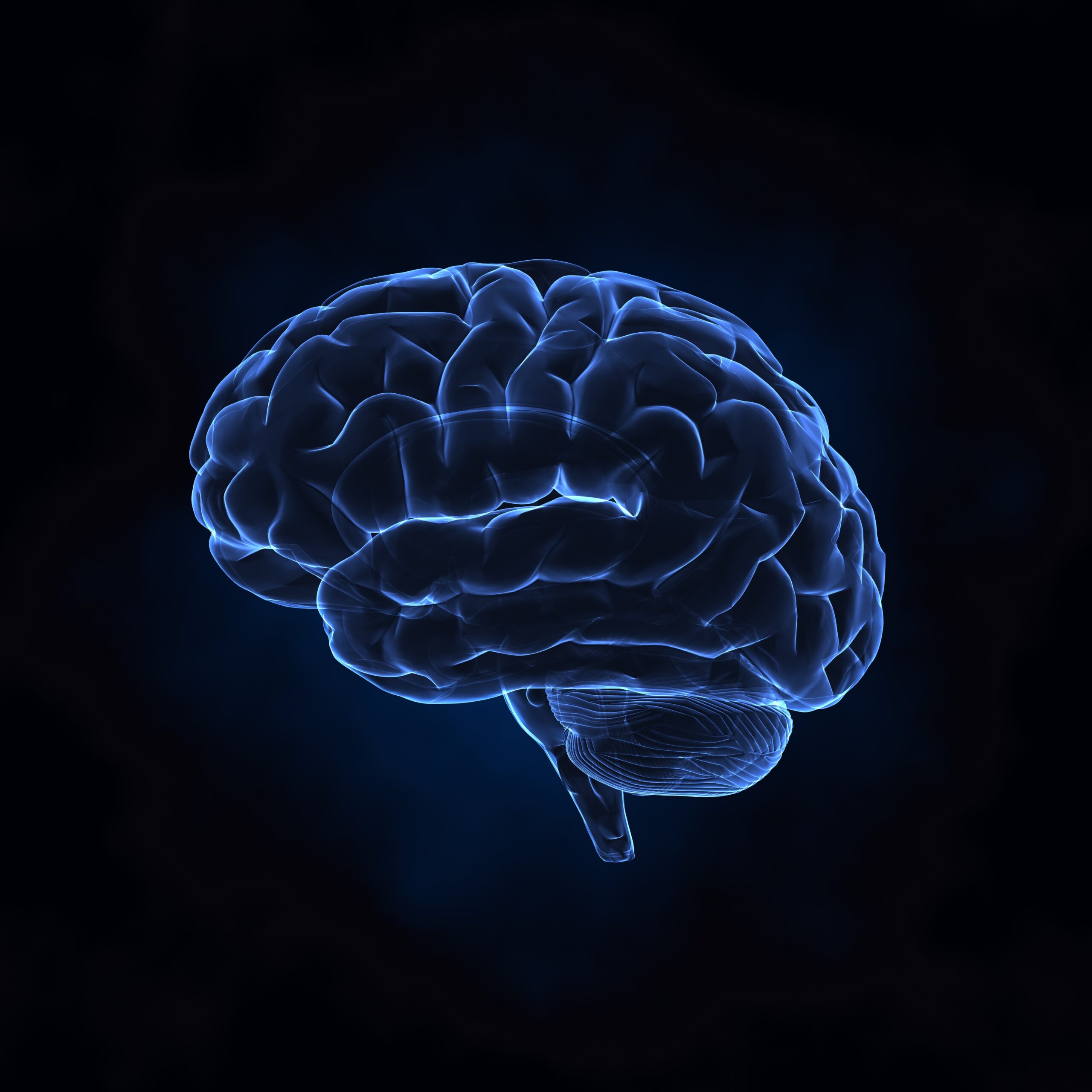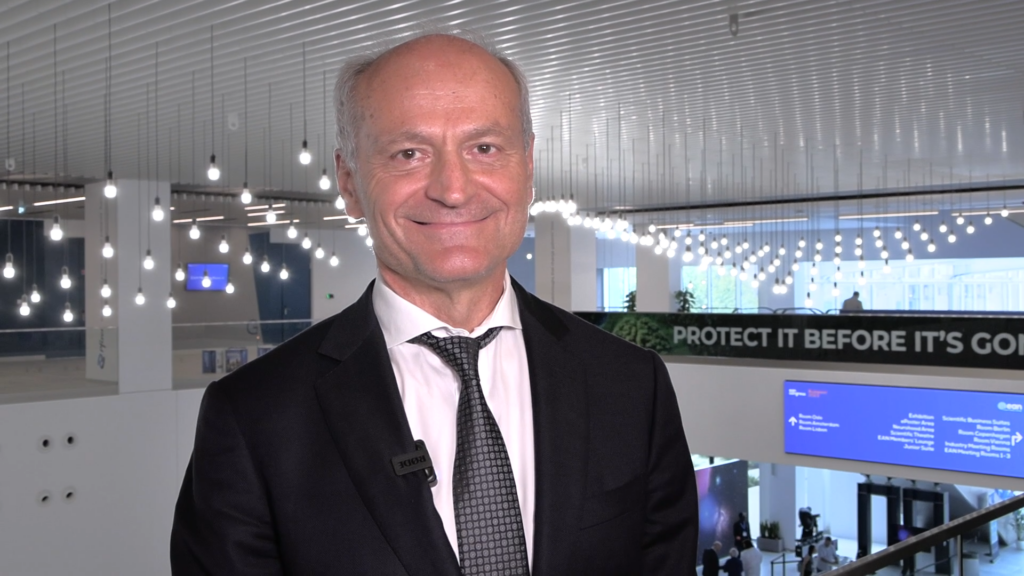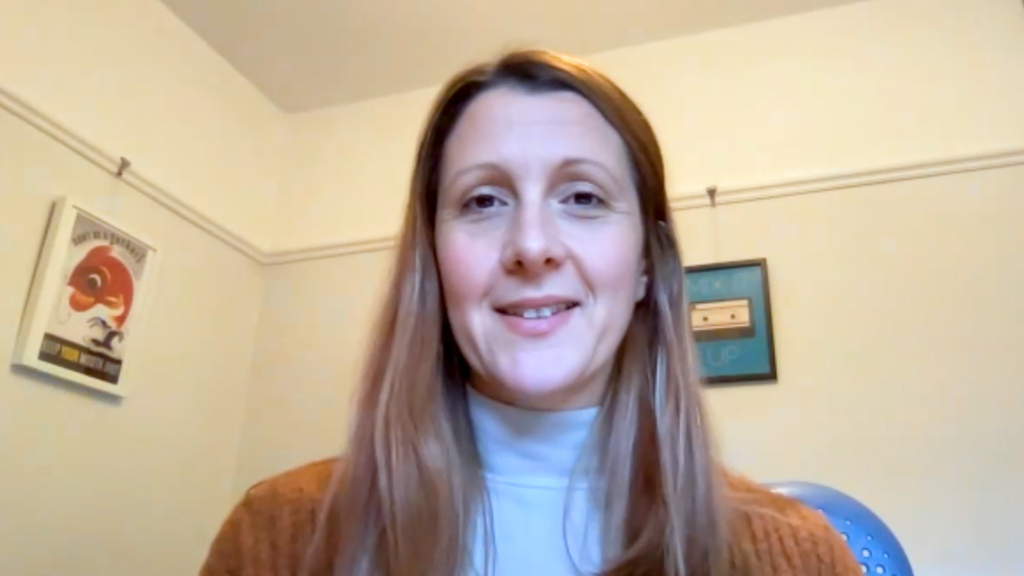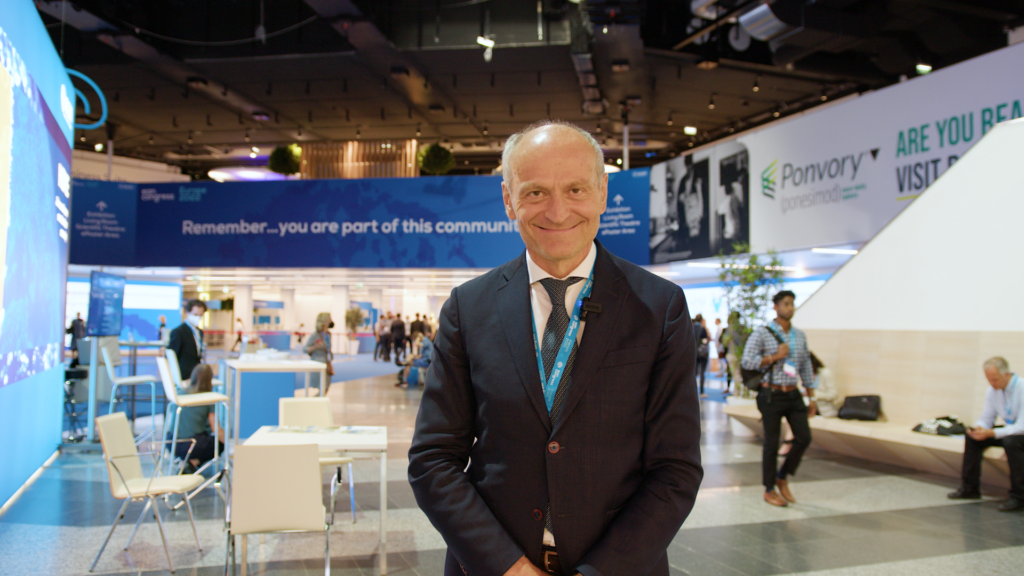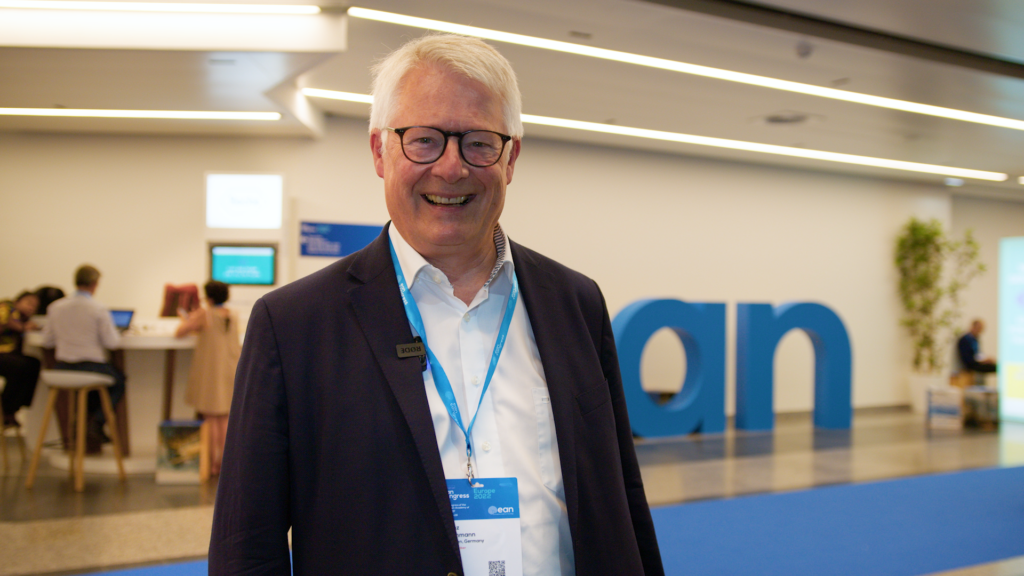 Prof. K. Ray Chaudhuri is Professor of Neurology and Movement Disorders at King’s College Hospital, London, and is a globally recognized expert in Parkinson’s disease, he is a passionate advocate for lifestyle-based interventions alongside pharmacological treatment.
Prof. K. Ray Chaudhuri is Professor of Neurology and Movement Disorders at King’s College Hospital, London, and is a globally recognized expert in Parkinson’s disease, he is a passionate advocate for lifestyle-based interventions alongside pharmacological treatment.
In this interview at EAN 2025, Prof. Chaudhuri shares his insights into cutting-edge drug delivery methods, the future of biomarker-driven care, advances in managing sleep disturbances, and the vital role of lifestyle modifications in optimizing patient outcomes.
1. Which upcoming therapies or technologies could transform Parkinson’s disease care in the next decade?
For the first time in a while, we now have truly practical treatment strategies that can impact people with Parkinson’s, particularly in the later stages. One major breakthrough is the development of subcutaneous levodopa infusions, a completely new delivery route for a drug we’ve had since 1962. Until now, subcutaneous delivery was only possible with apomorphine. After a decade of research, we now have foslevodopa–foscarbidopa, which allows continuous levodopa infusion under the skin. This is already transforming care globally by offering patients a new option for advanced Parkinson’s.
Another development is a new levodopa-carbidopa-entacapone gel for jejunum infusion, also known as Lecigon. This smaller, more efficient pump delivers the drug with extended duration, providing flexibility for patients who may prefer it over the larger duodopa systems. These advances have expanded our treatment algorithm for advanced Parkinson’s beyond just deep brain stimulation (DBS) or traditional levodopa infusion.
We’re also seeing progress in acute therapies for managing ‘OFF’ periods. Inhaled levodopa offers a rapid, predictable rescue option, like using an inhaler for asthma, allowing patients to regain mobility quickly.
Beyond that, new drugs targeting the dopamine D1 receptor are under development. These could offer benefits not just for motor function but also for bladder dysfunction, cognition, and dyskinesia. There is also promising evidence that subcutaneous foslevodopa–foscarbidopa improves nocturia and sleep problems, which are hugely disabling in later stages.
2. How will biomarker-driven subtyping and personalized care shape the future of Parkinson’s disease treatment?
Parkinson’s is an extremely heterogeneous condition, so I don’t believe a single biomarker will ever be sufficient for diagnosis or monitoring progression.
That being said, we’ve made real progress. The alpha-synuclein seed amplification assay (SAA), particularly from skin biopsies, is showing great promise. It can support diagnosis and may even help distinguish Parkinson’s from atypical parkinsonian disorders like progressive supranuclear palsy (PSP), though more research is needed.
There are also developments in blood-based biomarkers, such as neurofilament light chains, which may help predict cognitive decline.
Imaging biomarkers are also progressing, amyloid and tau imaging are already available, and alpha-synuclein imaging is likely to follow, further enriching the biomarker landscape.
3. How has our understanding of sleep disturbance in Parkinson’s evolved, and what are the implications for diagnosis and monitoring?
Sleep is critical for brain health, partly because of the role it plays in the glymphatic system, which helps clear toxins like amyloid from the brain. Poor sleep is linked to an increased risk of dementia.
Around 90–95% of people with Parkinson’s experience significant sleep dysfunction, which can manifest in several ways:
- REM sleep behaviour disorder (RBD), an early, prodromal marker of Parkinson’s.
- Excessive daytime sleepiness, which can result in falling asleep mid-conversation or even while driving.
- Parasomnias, such as night-time wandering, hallucinations, and frequent urination.
- Restless legs syndrome (RLS) and perhaps most disabling, early morning ‘OFF’ periods, when stiffness, tremor, and anxiety make waking extremely difficult.
Add to this that 20–30% of people with Parkinson’s have sleep apnoea, further complicating sleep health.
From a treatment perspective, the foslevodopa–foscarbidopa subcutaneous infusion, with its 24-hour delivery, is the only current infusion therapy that directly addresses these night-time problems, improving nocturia, RLS, and early morning off periods.
Other approaches include melatonin, sometimes combined with clonazepam, for REM sleep behaviour disorder, as well as research into narcolepsy treatments to see if they might benefit Parkinson’s-related sleep disturbances.
Finally, wake-promoting agents are being explored to tackle daytime sleepiness.
4. What are the latest therapeutic strategies for managing Parkinson’s disease-related sleep disturbances, and how effective are current approaches?
The key lies in granular assessment. Identifying exactly which type of sleep disorder the patient is experiencing.
The 24-hour subcutaneous levodopa infusion is currently the most promising tool for managing sleep-related motor and non-motor fluctuations, including nocturia, RLS, and early morning off periods.
For RBD, a combination of melatonin and, in some cases, clonazepam is effective. Research into narcolepsy medications may eventually offer solutions for Parkinson’s-related daytime sleepiness, but these are still in early stages.
5. Is there anything else you would like to add?
I think it’s really important that all of us, neurologists, geriatricians, and other healthcare professionals managing Parkinson’s recognise that lifestyle modification is now an essential part of the treatment approach. I am a strong advocate for the ‘Parkinson’s Dashboard’, a lifestyle-first approach that should be part of standard Parkinson’s management.
This includes:
- Coordinating levodopa intake with meals, avoiding dairy 30–40 minutes after a dose.
- At least 150 minutes of exercise per week.
- Drinking around two litres of water daily.
- Prioritizing 6–8 hours of quality sleep per night.
These interventions should be prescribed alongside medical treatments as standard care. They can dramatically improve outcomes and complement pharmacological strategies.
Presented at EAN: The real-world stories: Night-time challenges – better nights, better days
Interviewer: Caroline Markham, Head of Partnerships.
Editor: Katey Gabrysch, Editorial Director.
Disclosures: K. Ray Chaudhuri as nothing to disclose in relation to this video. No funding was received in the publication of this article. This content has been developed independently by Touch Medical Media for touchNEUROLOGY. Views expressed are the speaker’s own and do not necessarily reflect the views of Touch Medical Media.
Cite: Parkinson’s breakthroughs: Levodopa infusions, sleep and lifestyle strategies. touchNEUROLOGY. 23 June 2025.
Register now to receive the touchNEUROLOGY newsletter!
Don’t miss out on hearing about our latest peer reviewed articles, expert opinions, conference news, podcasts and more.

